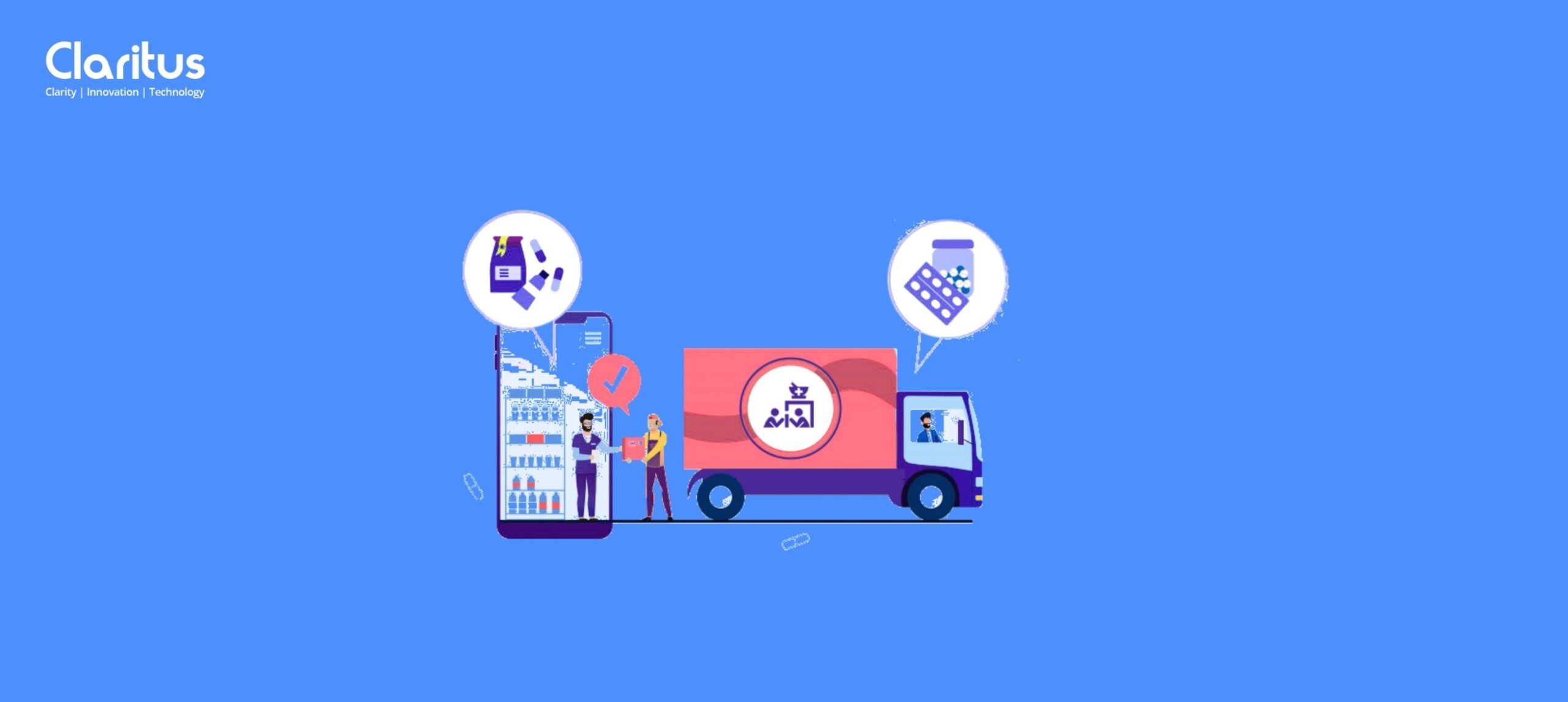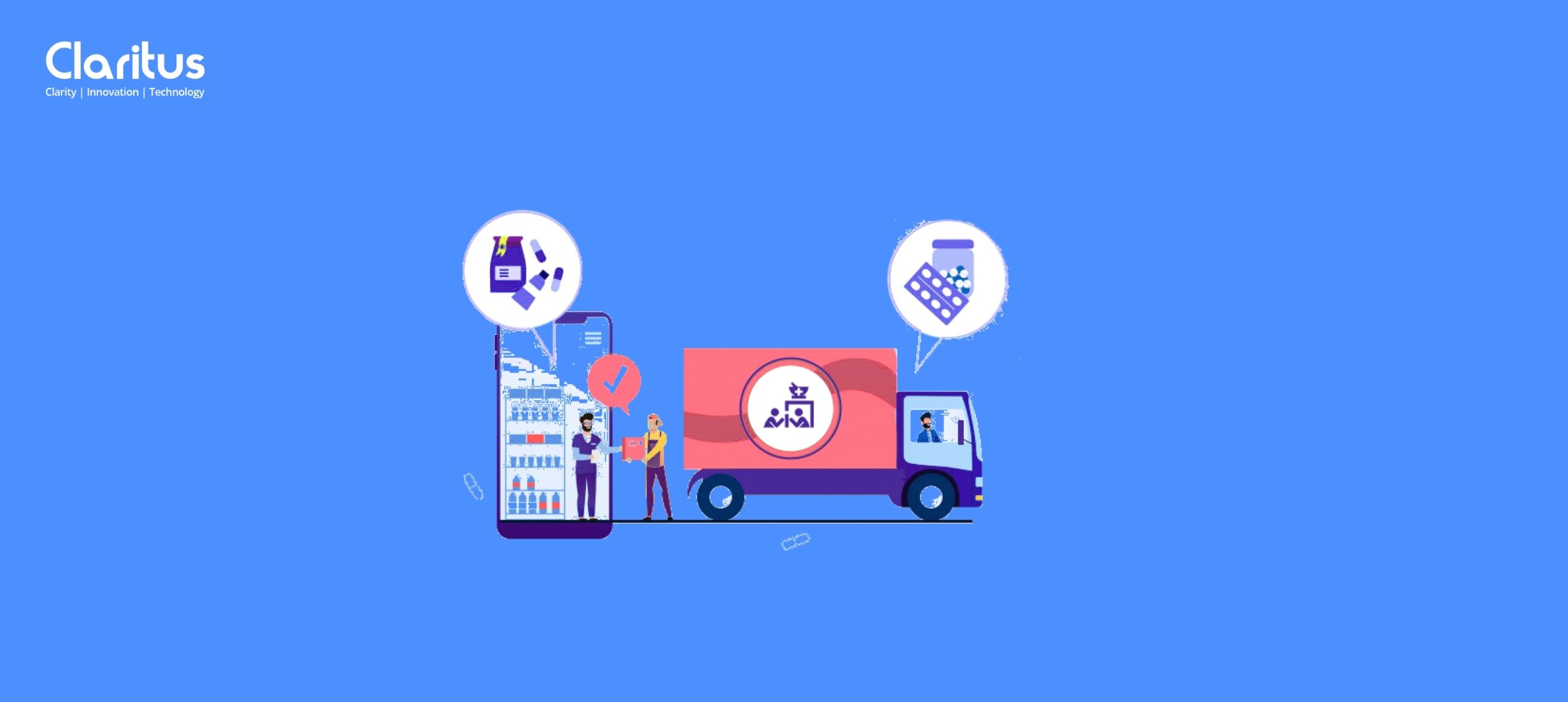How Much Does It Cost to Develop an On-Demand Delivery App?
The modern e-commerce market has shown sustainable growth over the recent years, and that growth has been greatly accelerated by the coronavirus pandemic. A report by eMarketer stated that in 2019, retail e-commerce sales reached $3.5 trillion worldwide, accounting for 14% of total retail sales, and projected e-commerce sales to reach 16% of total retail sales in 2020. But the global situation in 2020 has totally reshaped the retail market, causing the e-commerce sector to grow by nearly 20% in 2020.
The increase in online shopping has also meant a growing demand for package delivery. Logistics companies are seeking to become end-to-end solution providers and are starting to offer last-mile services, delivering parcels right to customers’ doorsteps.
Market analysis
The global courier, express, and parcel (CEP) market reached €330.4 billion in 2019 and is projected to grow at a CAGR of around 6% between 2020 and 2025 according to Research and Markets. CEP companies use business-to-business, business-to-customer, and customer-to-customer (C2C) business models, combining them with various value-added services.
The growing popularity of e-commerce and the fast growth of cross-border trade are among the key factors driving the rapid increase in the size of the CEP market. E-commerce stores usually partner with courier service providers to deliver their products to domestic and international locations. Additionally, technological advancements including the use of internet technologies with crowdsourced delivery models are creating a positive outlook for the CEP market.
Cost of creating an on-demand delivery app
Let’s assume you’ve decided to provide on-demand delivery services. To organize your staff’s work efficiently and provide excellent user experience, you should create a solution consisting of three elements:
Client portal — Build a convenient mobile-friendly web application where users can create, edit, and track orders in real-time.
Management portal — Allow logistics managers to build routes and manage all orders at a glance.
Courier app — Create a feature-rich Android, iOS, and web app for drivers. For more on this topic, read our guide on how to create an app for couriers.
Let’s calculate the cost of developing these three components. To do this, we’ve made the functional decomposition and calculated the effort and price to build each function.
Key features for an on-demand delivery app
A courier app should provide quick access to goods or services. The most important features of an on-demand delivery app are:
- Instant quotes
- Order placement
- Delivery scheduling
- Delivery tracking on a map
- Payment for deliveries (via Google Pay, PayPal, credit card, cash)
- Feedback on deliveries
- Delivery notifications
Give special consideration to mobile-friendliness. M-commerce now amounts to 67.2% of total e-commerce sales according to Oberlo. Moreover, this rate is projected to hit 72.9% in 2021, meaning nearly three-quarters of all e-commerce purchases will be made through mobile devices. To capture these sales, you can create a native iOS or Android app or at least develop a mobile-friendly responsive web application.
The problem with some delivery services is that they totally neglect the user experience in the driver app while putting all their focus on the customer app. Don’t make this mistake; build an app for drivers with usability in mind.
The features your driver app should include:
- Onboarding
- Dashboard with all orders
- Automatic invoice generation
- Proof of delivery
- Payments
- Location awareness
- Convenient navigation
- Crash detection
Last but not least is the admin panel, where logistics managers can manually edit hubs, driver information, and orders. When creating a delivery and logistics platform for one of our clients, we made a feature-rich web-based admin panel for logistics managers that includes the following must-have features:
- Quote calculator for several types of quotes (economy, same-day, etc.)
- Employee management
- User management
- Manual and automated route planning
- Delivery zone management
- Customer support
- Price and formula configuration for quote calculations
To make apps scalable, we deploy them in the AWS cloud. Using cloud computing services, you can easily expand to new locations without worrying about system downtime. You should take this into consideration when you calculate the final price of the platform.
As you can see, starting a courier delivery service can be challenging. But with the right strategy and a reliable development partner, you can quickly return and even double your money. If you’ve decided to enter the B2C market and want a technical consultation on your idea or price of an app, we can help you. We have a proven track record of developing logistics apps and can help you add courier delivery to your list of services.


